| Plant – Growth and Development Refresher Course |
| Plant – Growth and Development Concepts Files |
| Plant – Growth and Development Master Files |
| Plant – Growth and Development Revision Note |
| Plant – Growth and Development Note 1 |
| Plant – Growth and Development Note 2 |
| Plant – Growth and Development Reference Book |
Plant Growth and Development
Table of Content
- Growth
- Phases of Growth
- Growth Rates
- Conditions for Growth
- Differentiation, De-Differentiation and Re-Differentiation
- Development
- Plant Growth Regulators
- Photoperiodism
- Vernalization
Growth
Growth is considered as the most basic characteristics of all living organisms. Growth is defined in terms of organism, organ, and even individual cell. Growth is the irreversible, permanent increase in the size of the organ, organism, or cell. Growth includes catabolic as well as anabolic process. Plants contain a unique property for unlimited growth throughout their life. This is due to the presence of meristematic tissues present in the shoot apices.
Growth is measurable: There are different parameters by which growth is measured. This includes increase in fresh weight, length, area, volume, dry weight, and cell number. For example, growth of pollen tube is measured in terms of increase in length of the pollen tube.
Phases of Growth
Plant growth is divided into 3 phases-
- Phase of cell division also known as formative phase. It is the first step for the growth of the multicellular organisms. Mitosis is the type of cell division that is essential for the growth of an organisms. It involves division of nucleus (karyokinesis) as well as division of cytoplasm (cytokinesis). During this phase cell passes different phases of mitosis such as prophase, metaphase, anaphase, and telophase.
- Phase of cell enlargement includes synthesis of more amount of protoplasm, hydration, adding cell wall material etc. This participates in increase in size of tissues and organs.
- Phase of cell differentiation or phase of cell maturation in which cell gets specialized for a function. Cells grouped into tissues to perform specific functions.
Growth Rates
The increase of growth with time is known as growth rates. Growth rate can be arithmetic as well as geometric. In arithmetic growth, in case of mitosis only one daughter cell continues to divide and the other cell differentiates and matures. The simplest expression for arithmetic growth rate is given below-
Lt = L0 + rt
Lt = length at time ‘t’
L0 = length at time ‘zero’
r = growth rate / elongation per unit time.
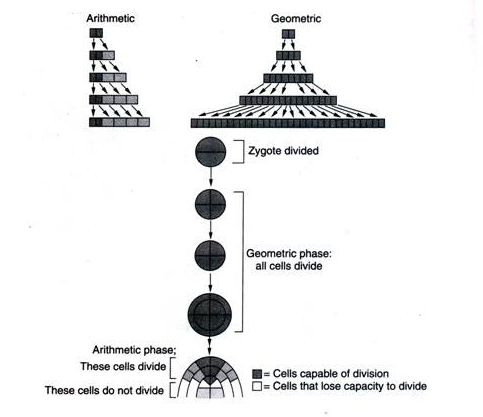
Fig.1. Diagrammatic representation of types of growth
Geometric growth or exponential growth occurs when all the resources are present in sufficient quantity. The organisms grow continuously. But as nutrients are depleted, the growth becomes stationary. The curve obtained in this case is sigmoid or S shaped. The exponential growth is expressed by the following formula:
W1 = W0 ert
W1 = final size (weight, height, number etc.)
W0 = initial size at the beginning of the period
r = growth rate
t = time of growth
e = base of natural logarithms
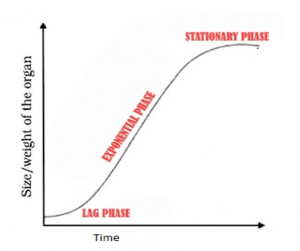
Fig.2. Sigmoid curve or geometric growth
Conditions for Growth
- Temperature: Plants grow within a range of temperature. Too low or too high temperature inhibits the growth of the plants.
- Light: Optimum light is necessary for growth. Even certain plants need adequate amount of sunlight for flowering.
- Water: Adequate water is necessary for the growth of the plants.
- Oxygen: Plants also need oxygen for respiration as well as to carry out other functions.
- Mineral nutrients are also essential for plant growth and development.
Differentiation, De-Differentiation and Re-Differentiation
The cells divide and matures to perform a specific function. Such cells are known as differentiated cells and the process is known as differentiation. During differentiation, major changes occurs in the cell wall and protoplasm of the plant cell.
The differentiated cells which have lost their capacity to divide, can again regain the capacity of cell division, such a phenomenon is known as de-differentiation.
Another process is re-differentiation, in which, the differentiated cells can regain their original position.
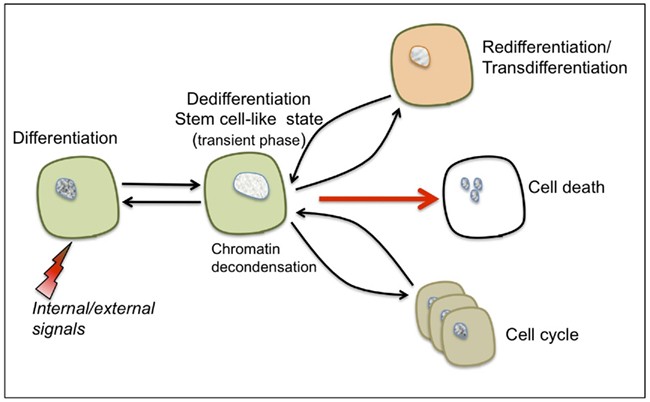
Fig.3. Differentiation, re-differentiation and de-differentiation
Development
The changes that occurs during the life of an organism from birth to death includes development.
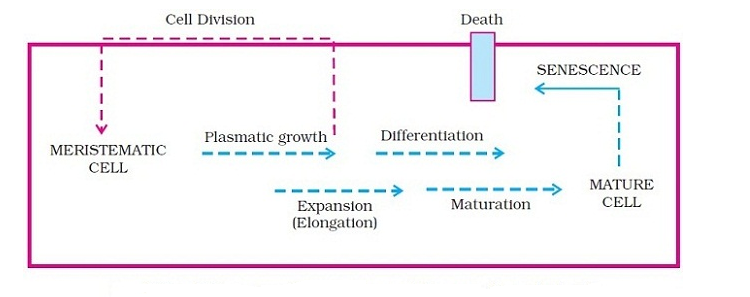
Fig. 4. Sequence of events that occurs in plant development
Plants follow different pathways to form different structures in response to environment. This is known as plasticity. For example, heterophylly in coriander and cotton. These plants appear different in juvenile phase as compared to their mature phase.
Plant Growth Regulators
Plant growth regulators are small, simple molecules that regulate the growth of the plants. Plant growth regulators are divided into two categories- growth promoters and growth inhibitors. Growth promoters promote cell division, formation of patters, cell enlargement, fruiting, flowering, seed formation etc. For example, auxins, cytokinin, and gibberellins. Growth inhibitors inhibits growth such as abscisic acid.
Physiological effects of different Plant Growth Regulators
Auxins
Auxin was isolated from human urine. The naturally occurring auxin is known as indole acetic acid (IAA). 2,4-dichlorophenoxyacetic acid and naphthalene acetic acid are synthetic analogue of auxins.
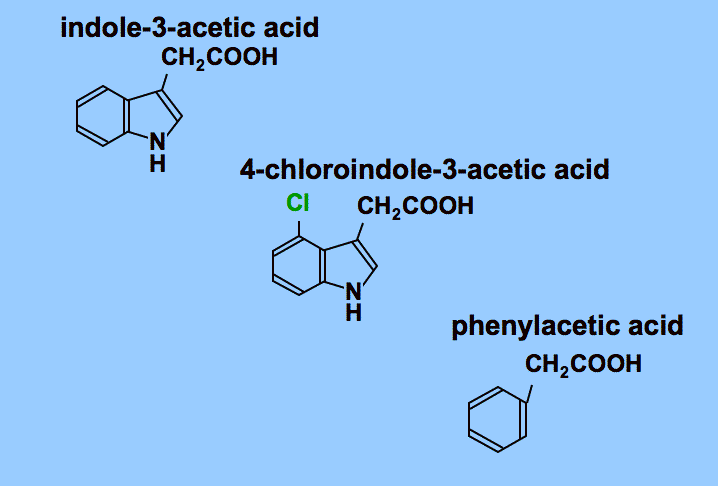
Fig.5. Structure of naturally occurring auxins
The highest concentration of auxins is observed in root and shoot apices. The physiological functions of auxins are as follows:
- Functions in phototropism (movement of plant towards the light).
- It stimulates cell elongation.
- Auxin promotes root formation.
- Promotes flowering, for example, in pineapple.
- Auxin promote cell differentiation and organization of vascular bundles.
- Auxin induces apical dominance. Apical dominance is a phenomenon in which apical buds inhibits the growth of the lateral buds. So, for the growth of the lateral buds, apical buds are removed.
- Auxins promotes parthenocarpy (seedless fruits).
Gibberellins
There are about 100 gibberellins that are known from fungi and plants. They are known as GA1, GA2 etc. Gibberellin was first observed in “foolish seedling disease” of rice caused by a fungus Gibberella fujikuroi. The physiological effects of gibberellins are as follows:
- It breaks the dormancy.
- It induces the synthesis of alpha-amylase during seed development.
- They promote parthenocarpy.
- They promote seed germination by breaking dormancy.
- They induce flowering in long day plants.
- They help in delaying senescence.
- They stimulate cell elongation.
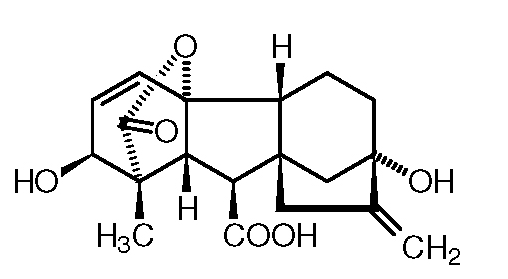
Fig.6. Structure of gibberellic acid
Cytokinin
Also, known as kinetin. It is a purine derivative. It was discovered from herring sperm DNA. Zeatin is a synthetic cytokinin. The highest concentration of cytokinin is observed in root apices, growing buds, young fruits etc. The physiological functions of cytokinin are as follows:
- Promotes cell division.
- High concentration of cytokinin with respect to auxin promotes shoot formation.
- Promote adventitious root formation.
- Overcome apical dominance.
- Promote delay in senescence.
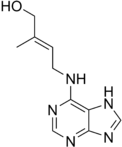
Fig.7. Structure of cytokinin
Ethylene
It is a gaseous plant growth regulator. Its highest concentration is present in tissues undergoing senescence and found in fruits undergoing ripening. The precursor of ethylene is methionine. The physiological roles of ethylene are as follows:
- It promotes ripening of fruits.
- It promotes leaf senescence.
- It inhibits flowering.
- It promotes the formation of female flowers.
- It suppresses the bud growth.
- It is responsible for breaking the dormancy in buds and seeds.
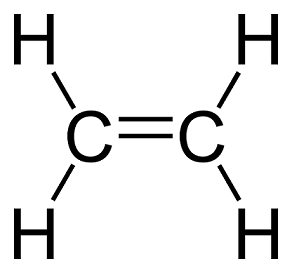
Fig.8. Structure of ethylene
Abscisic Acid
It is a negative growth regulator of growth. Also, known as dormin. Terpenoids (secondary metabolites) serves as precursor for the synthesis of abscisic acid.
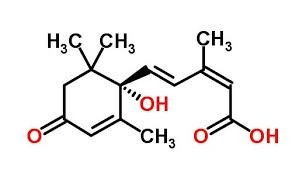
Fig.9. Structure of abscisic acid
The physiological roles of abscisic acid are as follows:
- Promotes stomatal closure.
- Delays in cell division.
- Promotes seed dormancy by inhibiting seed germination.
- Inhibits fruit ripening. Thus, acts opposite to ethylene.
- It also downregulates the enzymes that are needed for photosynthesis.
Photoperiodism
It is defined as the reaction of an organism with respect to the length of day and night. It is a feature of both plants and animals. Plants are divided into long day plants and short day plants according to the length of the day and night.
Long day plants require the exposure of light more than the critical period of light. For example, oat, henbane etc.
Short day plants require the exposure of light less than the critical period of light. For example, cotton, rice, soybeans etc.
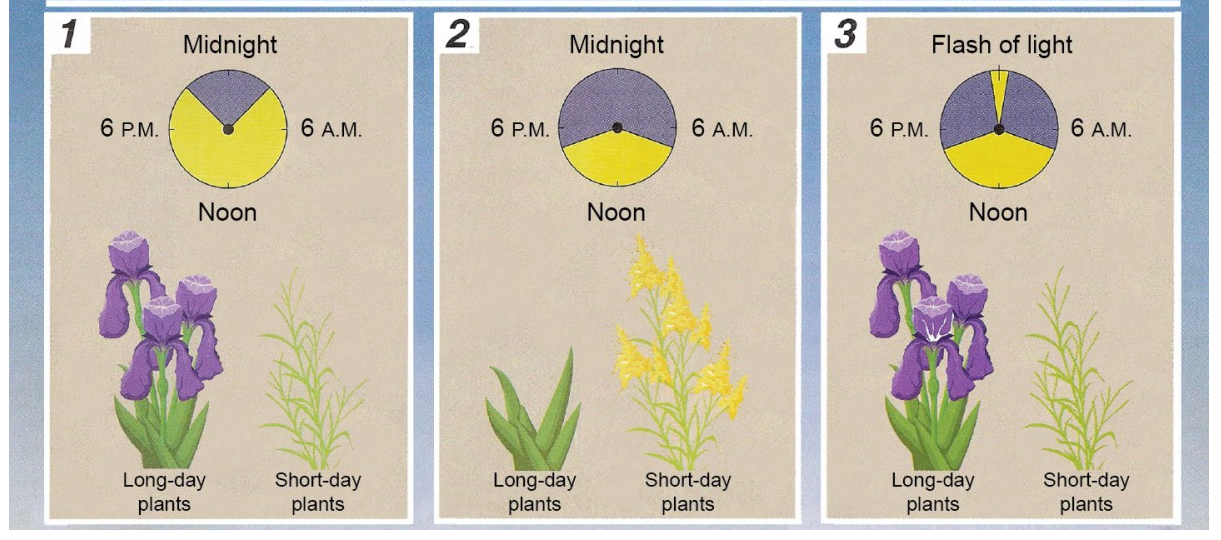
Fig.10. The effect of light on flowering
Vernalization
The exposure of low treatment for flowering is known as vernalization. Certain flowers which are unable to flower, are given low temperature treatments for flowering. For example, sugarbeet, cabbages are treated with low temperature for flowering.